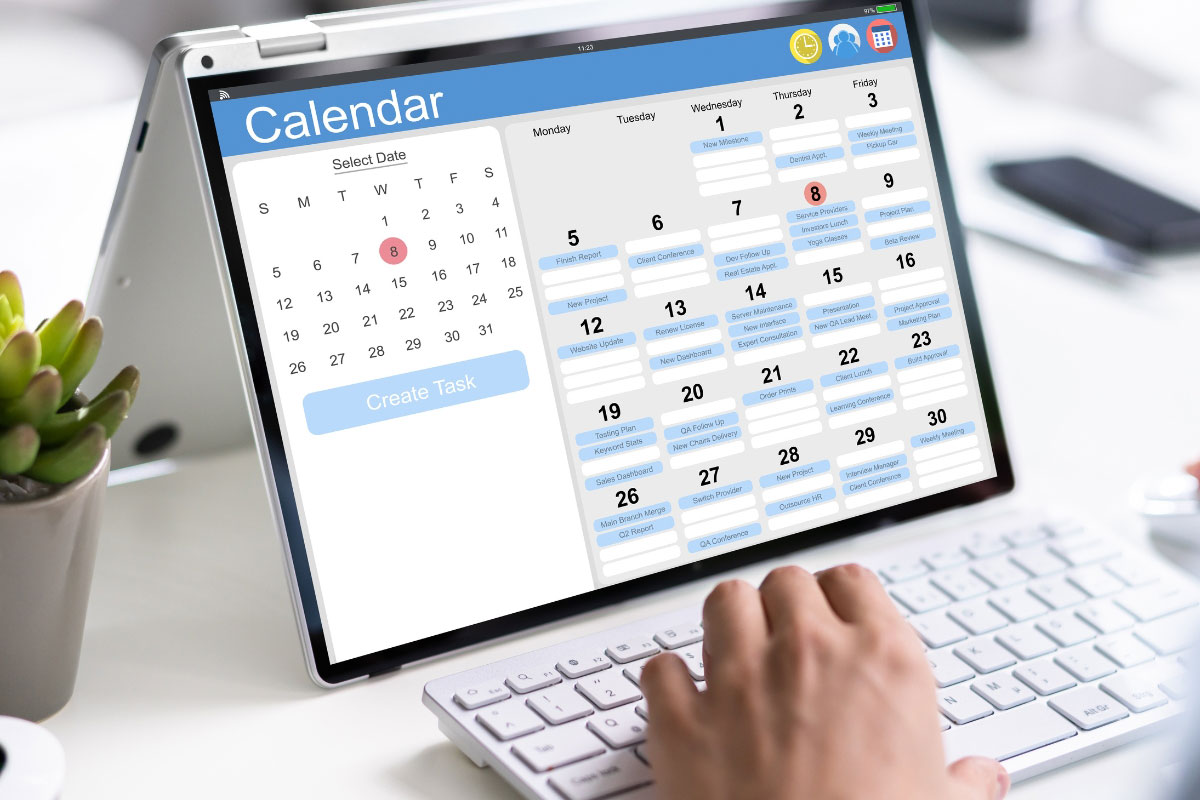
A content calendar is an essential tool for organizing and planning your content marketing efforts. In the context of Search Engine Marketing (SEM), a content calendar helps streamline the creation, publication, and promotion of content to achieve your marketing goals.
Overview of Content Calendars
Definition and Purpose of a Content Calendar A content calendar is a visual planning tool that outlines what content will be published, when, and where. It helps marketers plan their content strategy in advance, ensuring a consistent and organized approach to content creation and distribution.
How Content Calendars Support SEM Strategies Content calendars play a crucial role in SEM by aligning content efforts with search engine optimization (SEO) and paid search strategies. They ensure that content is published regularly, optimized for search engines, and promoted through the right channels to reach the target audience effectively.
Importance of Content Planning in SEM
Benefits of Using a Content Calendar
- Consistency: A content calendar ensures that content is published regularly, maintaining audience engagement and improving SEO.
- Organization: It helps organize content creation and distribution, making it easier to manage multiple content pieces and campaigns.
- Strategic Alignment: A well-planned content calendar aligns with your SEM strategy, ensuring that all content efforts support your overall marketing goals.
- Efficiency: By planning content in advance, you can allocate resources more efficiently and avoid last-minute content creation rushes.
Series Outline: Content Calendar for Search Engine Marketing
1. Introduction to Content Calendars
- Overview of content calendars
- Importance of content planning in SEM
- Key components of a content calendar
2. Setting Goals and Objectives
- Defining content goals and objectives
- Aligning content with SEM strategy
- Examples of content goals
3. Identifying Target Audience and Keywords
- Researching and understanding the target audience
- Conducting keyword research
- Mapping keywords to content topics
4. Creating and Organizing Content Ideas
- Generating content ideas
- Categorizing and prioritizing content topics
- Using tools for content ideation
5. Developing a Content Calendar
- Structuring a content calendar
- Choosing the right tools and platforms
- Scheduling and timing of content
6. Content Creation and Optimization
- Best practices for content creation
- SEO optimization for content
- Integrating multimedia and interactive elements
7. Content Distribution and Promotion
- Strategies for content distribution
- Utilizing social media and email marketing
- Paid promotion and advertising
8. Monitoring and Analyzing Content Performance
- Key metrics to track content performance
- Tools for monitoring and analytics
- Making data-driven adjustments to the content calendar
Examples of Successful Content Planning
- Case Study 1: A retail company used a content calendar to plan seasonal content around major shopping events. This resulted in increased traffic and sales during peak periods.
- Case Study 2: A tech blog implemented a content calendar to publish regular articles on trending topics, improving their search rankings and attracting more organic traffic.
Key Components of a Content Calendar
Elements to Include in a Content Calendar
- Content Titles: The title or topic of each content piece.
- Publication Dates: The scheduled date for publishing each piece of content.
- Content Types: The format of the content, such as blog posts, videos, infographics, etc.
- Keywords: The primary and secondary keywords to target with each content piece.
- Authors: The team members or contributors responsible for creating the content.
- Distribution Channels: The platforms where the content will be published and promoted (e.g., website, social media, email).
- Status: The current status of the content (e.g., planning, in progress, published).
Essential Components of a Content Calendar
| Component | Description | Example |
|---|---|---|
| Content Titles | Titles or topics of content pieces | “10 Tips for Effective SEO” |
| Publication Dates | Scheduled dates for content publication | January 15, 2024 |
| Content Types | Formats of content (blog post, video, etc.) | Blog post, Infographic |
| Keywords | Primary and secondary keywords to target | “SEO tips,” “search engine optimization” |
| Authors | Individuals responsible for content creation | John Doe, Jane Smith |
| Distribution Channels | Platforms for content publication and promotion | Website, Facebook, Email Newsletter |
| Status | Current status of the content | Planning, In Progress, Published |
In the next article, we will dive into setting goals and objectives for your content calendar, discussing how to define clear and measurable content goals that align with your SEM strategy.

